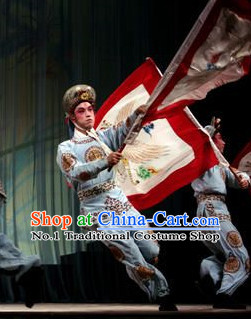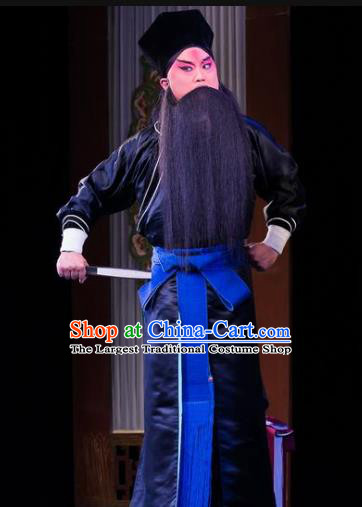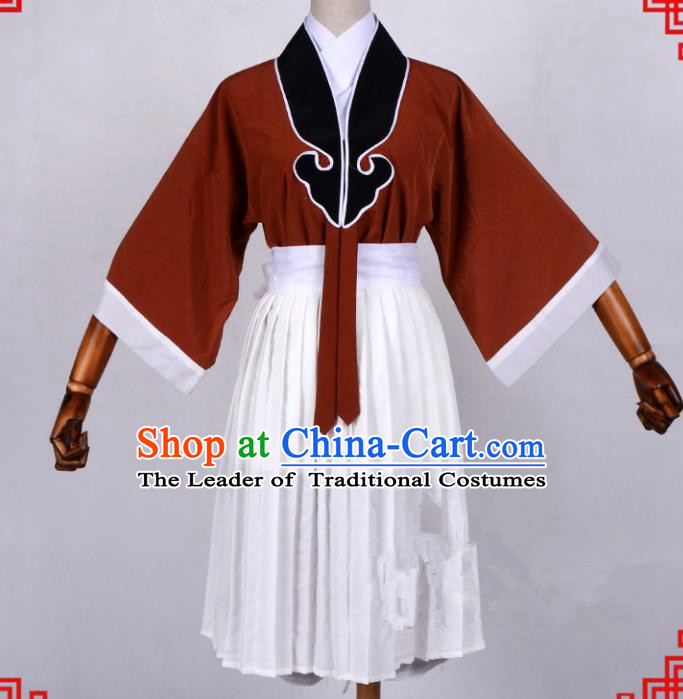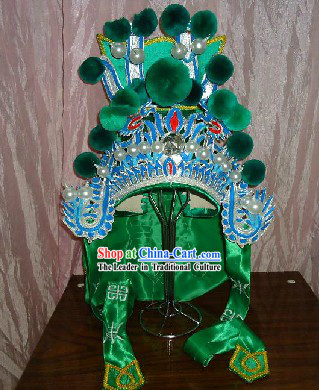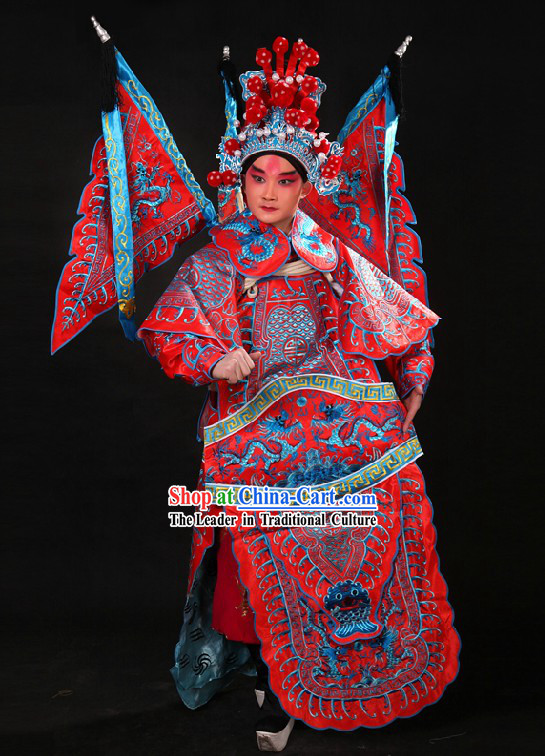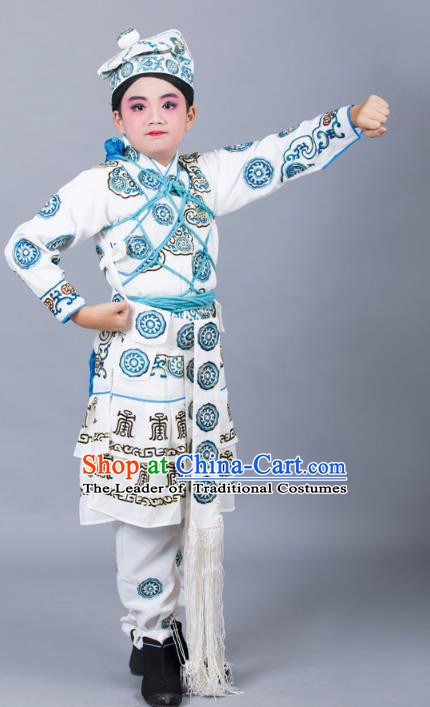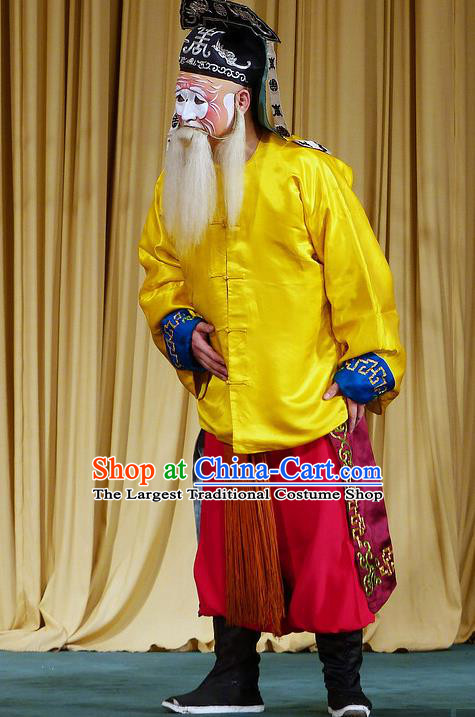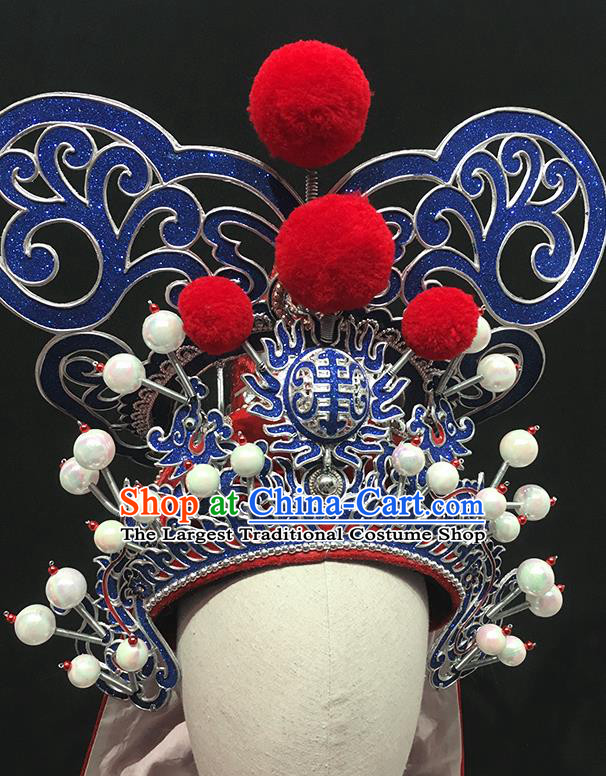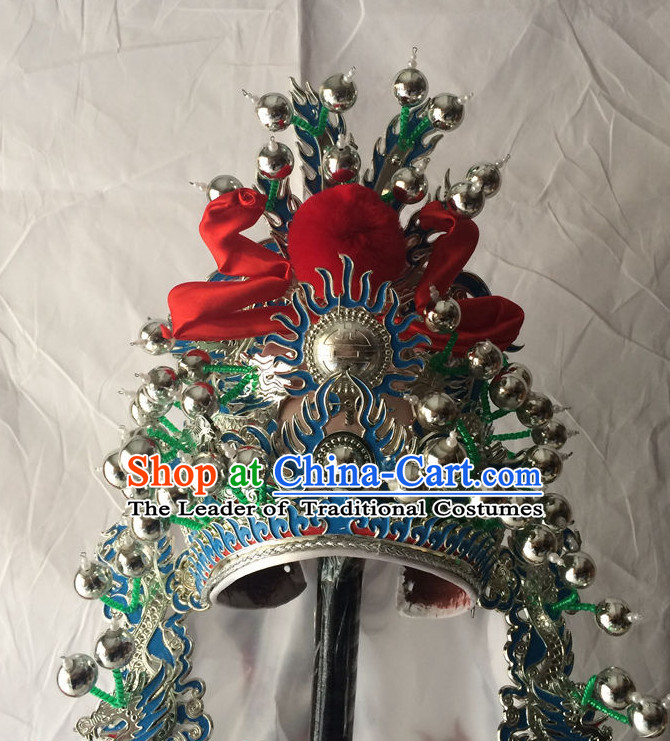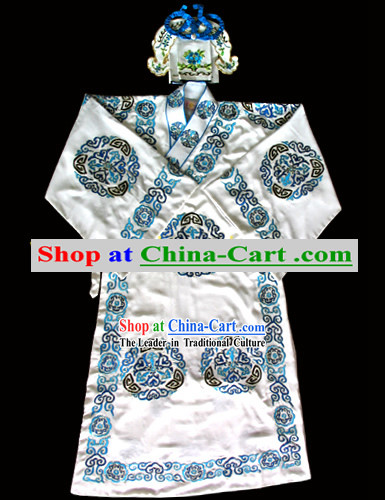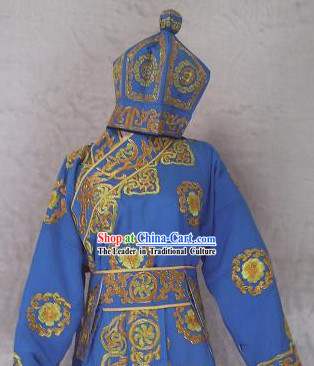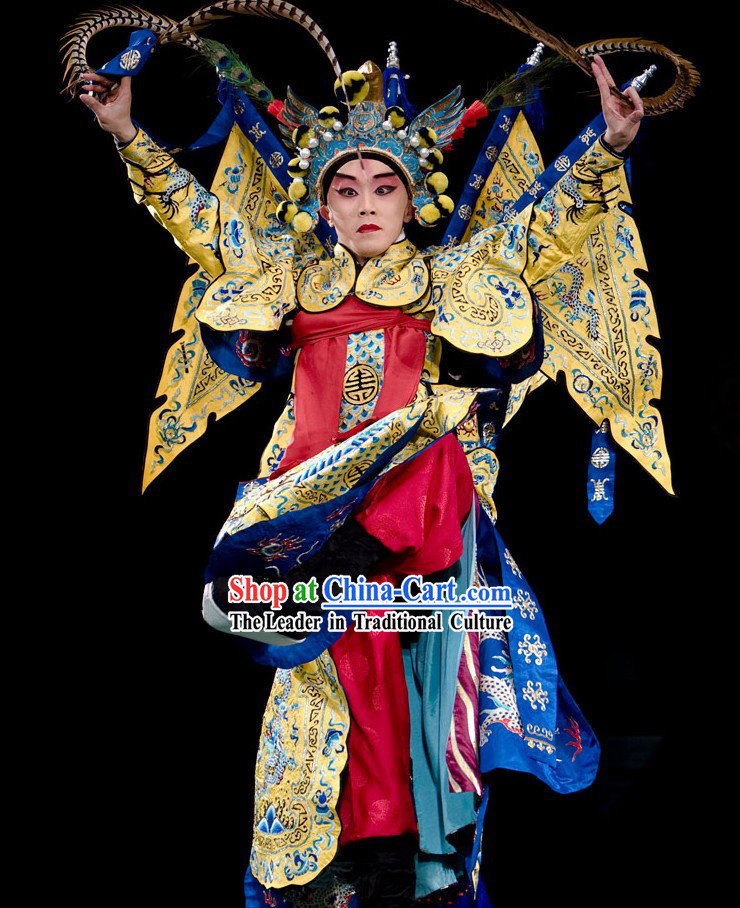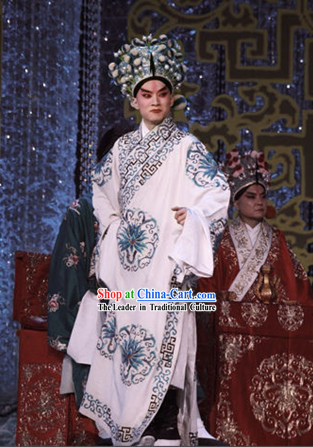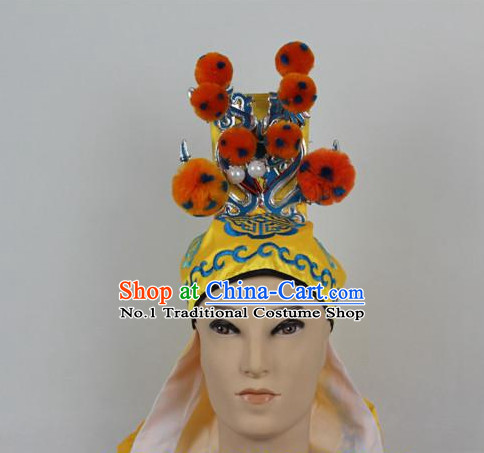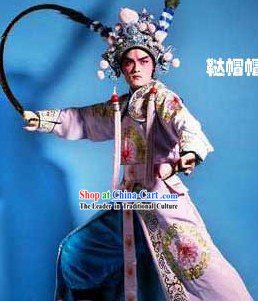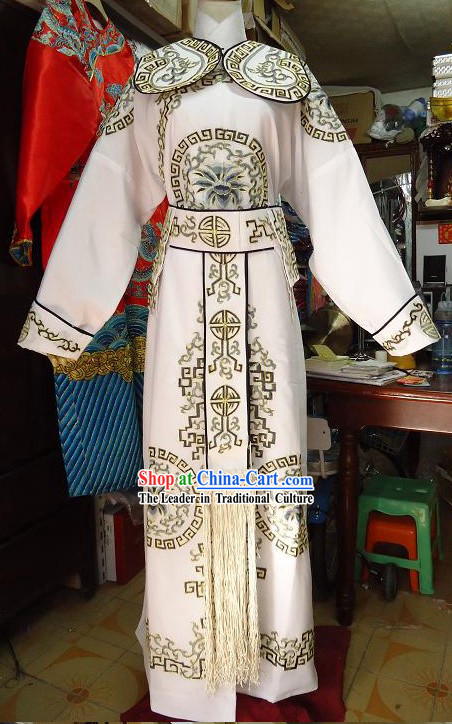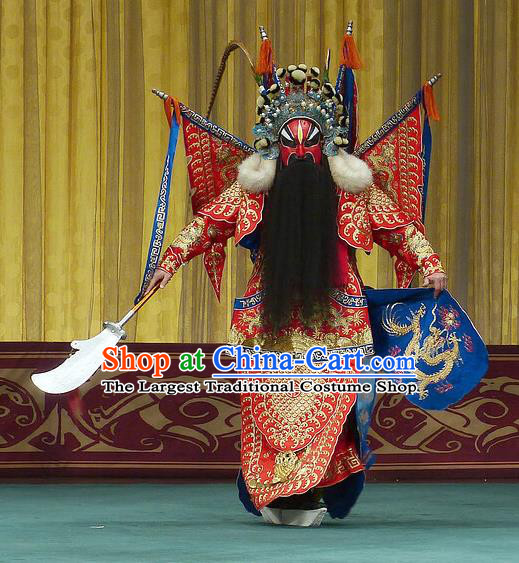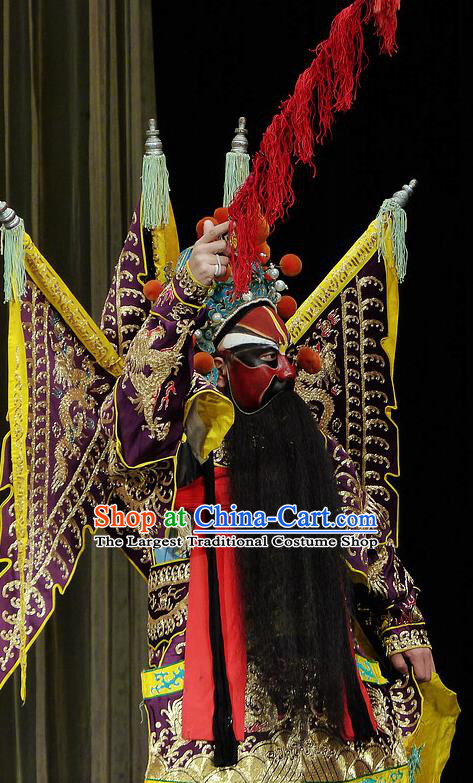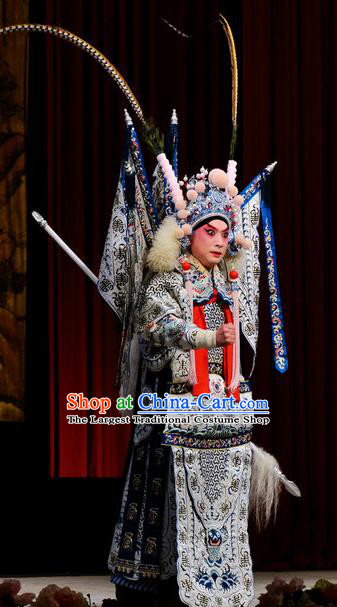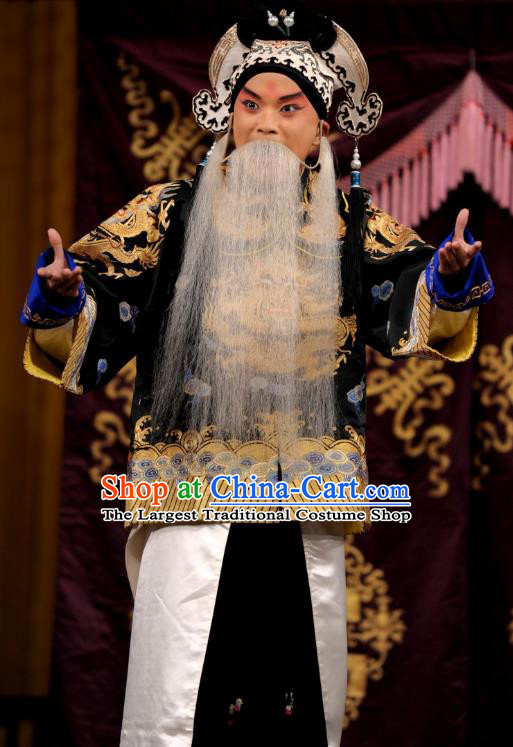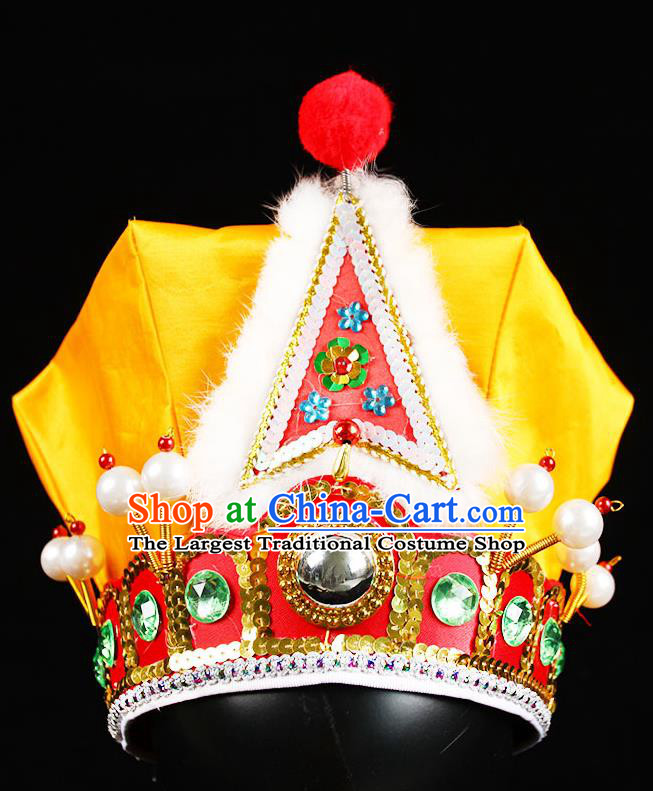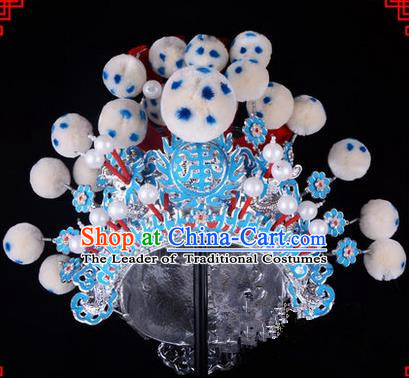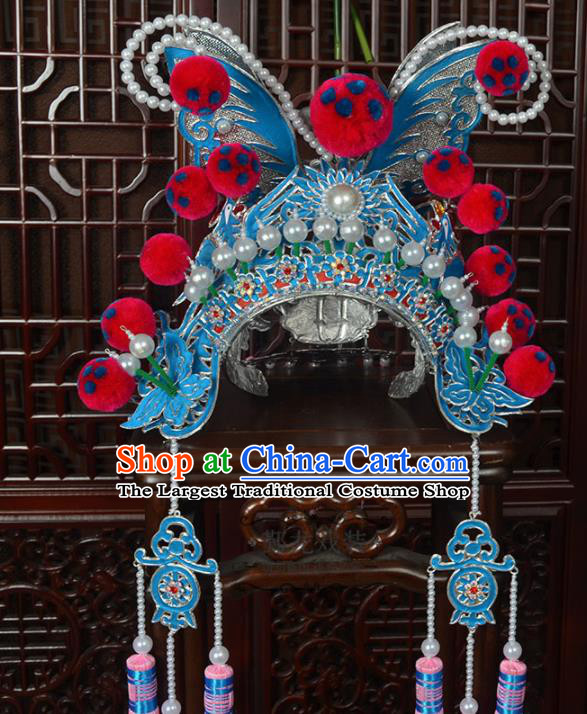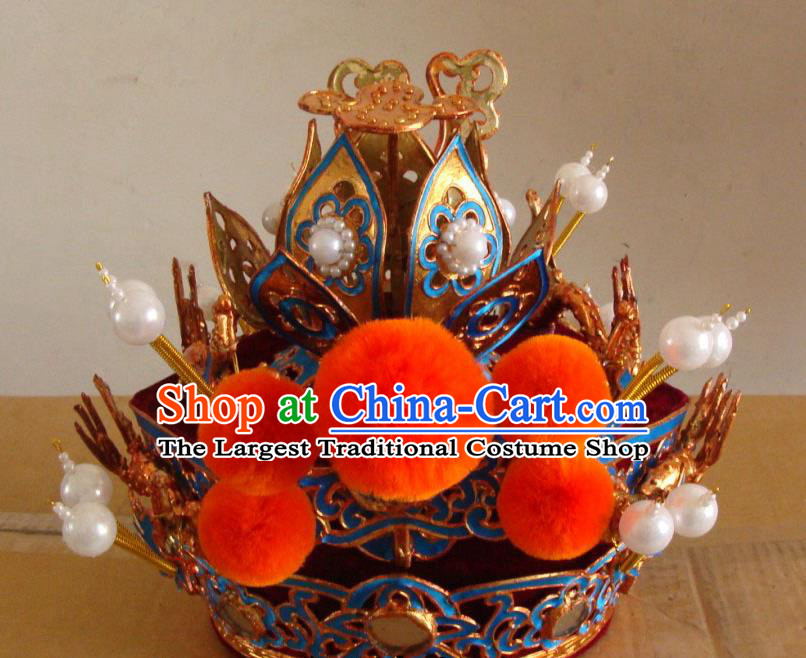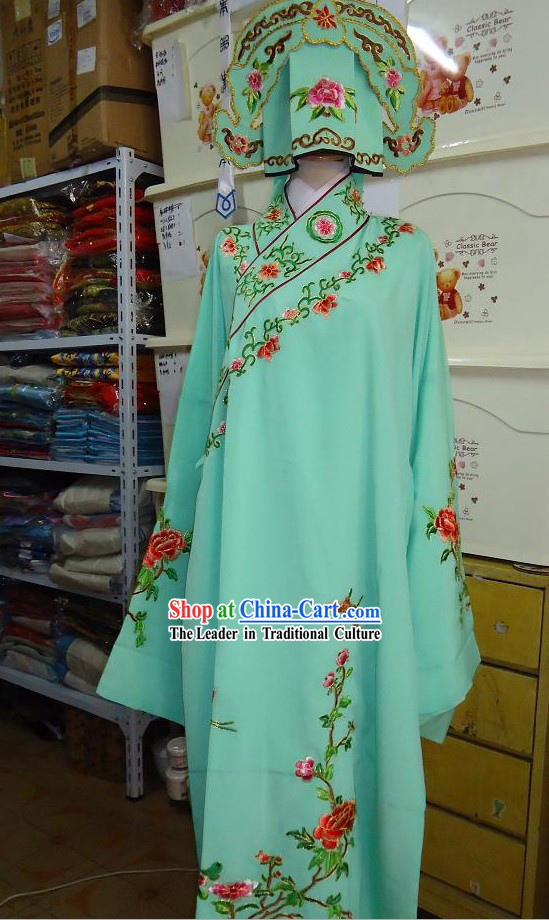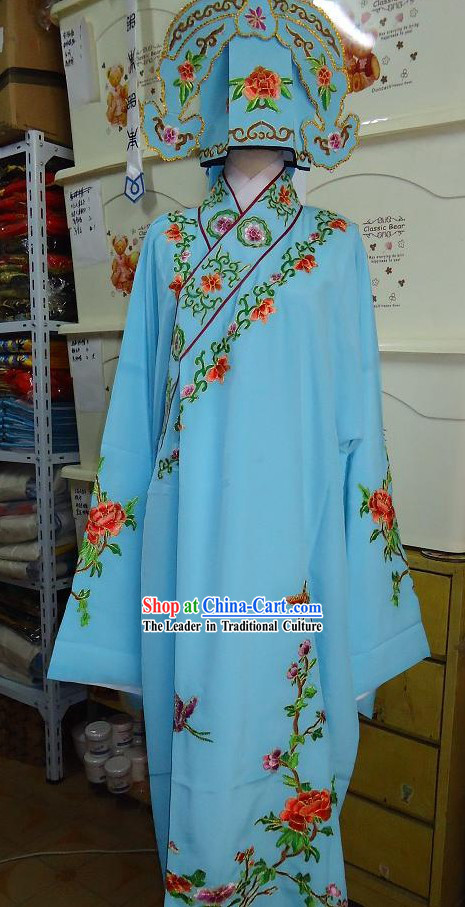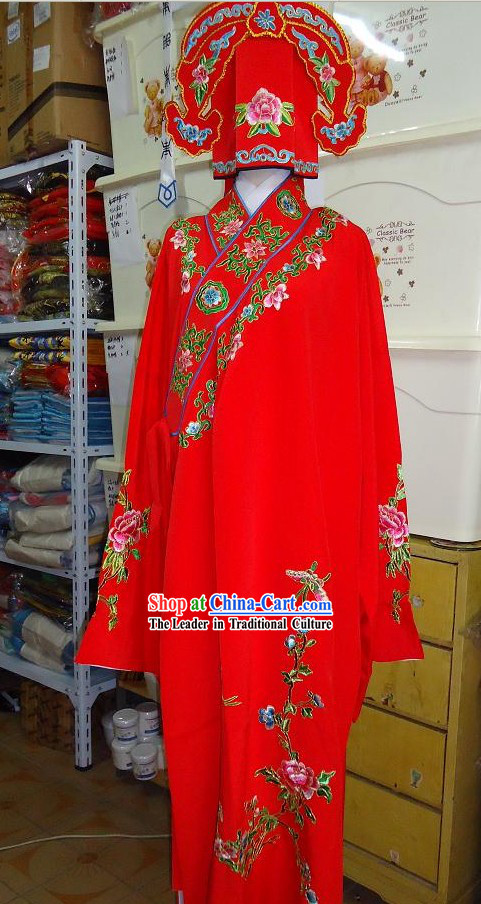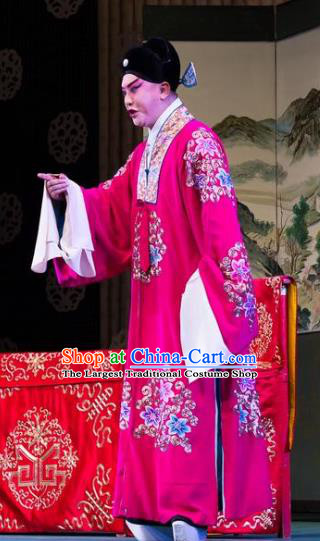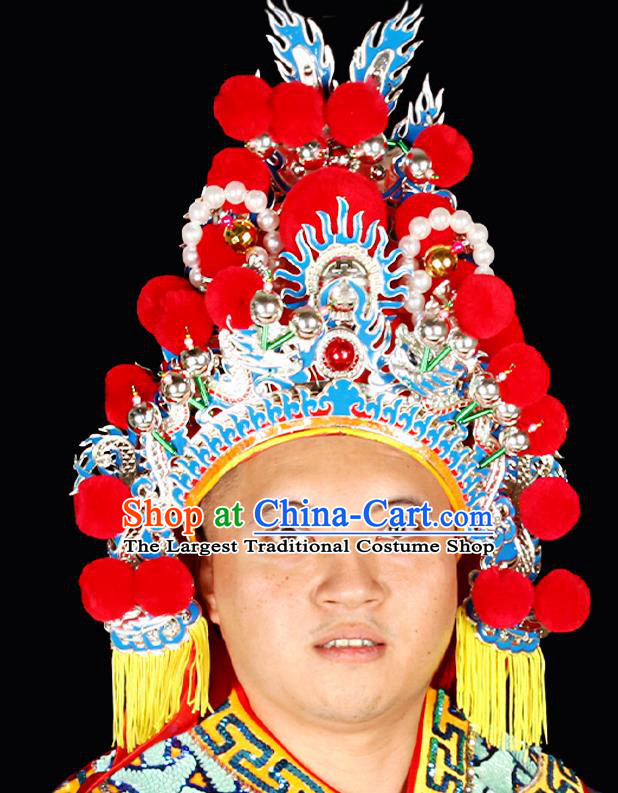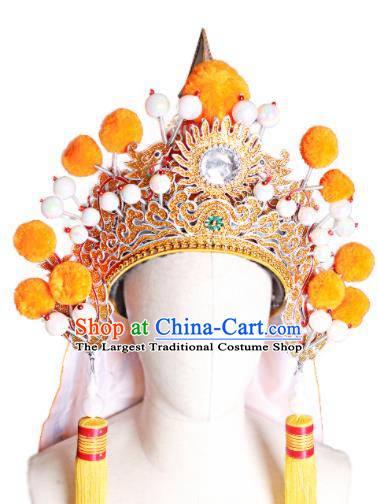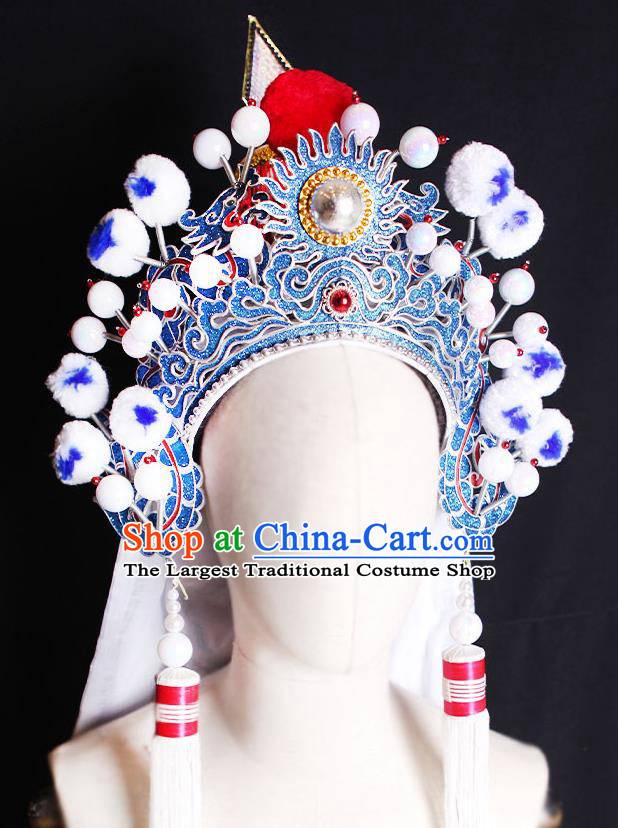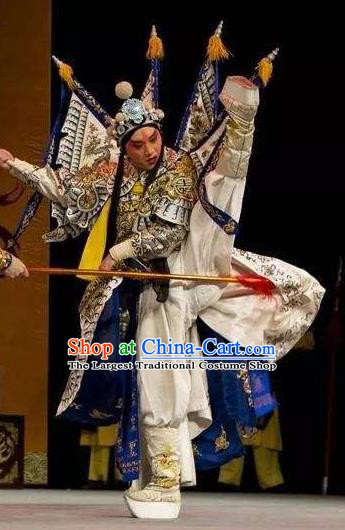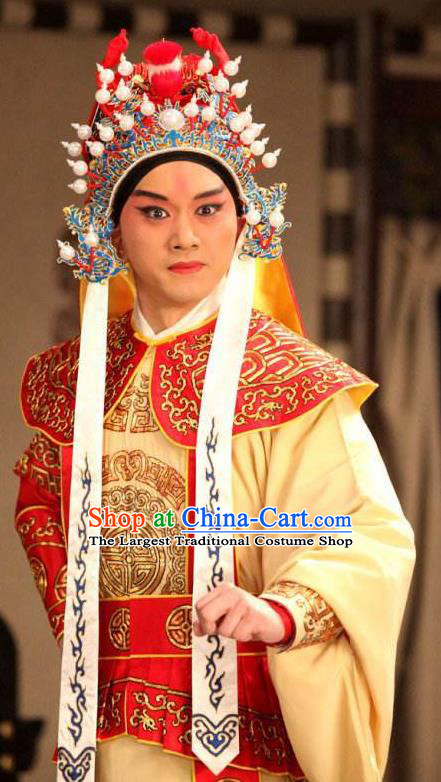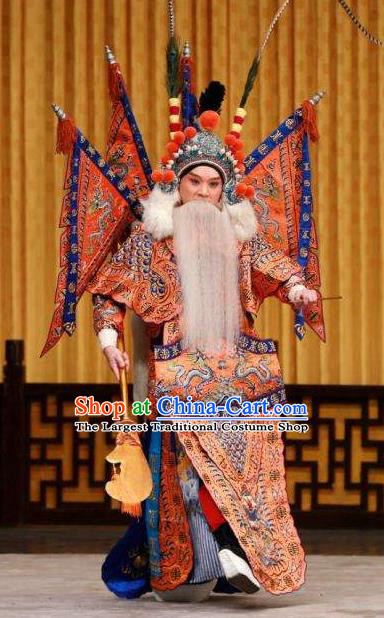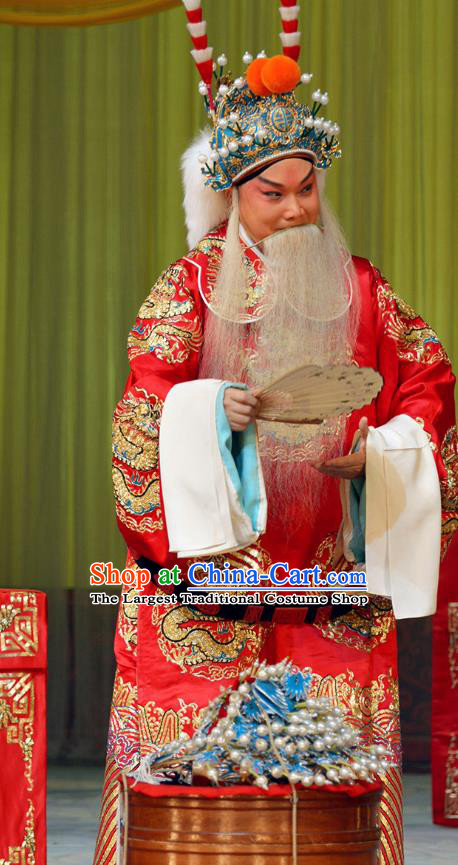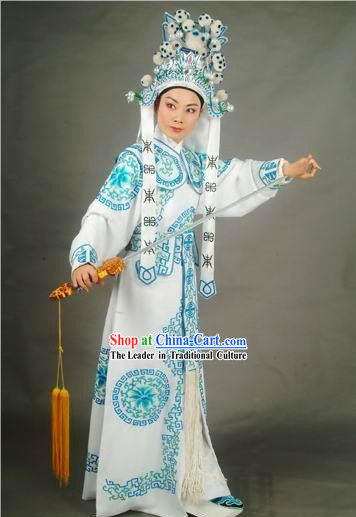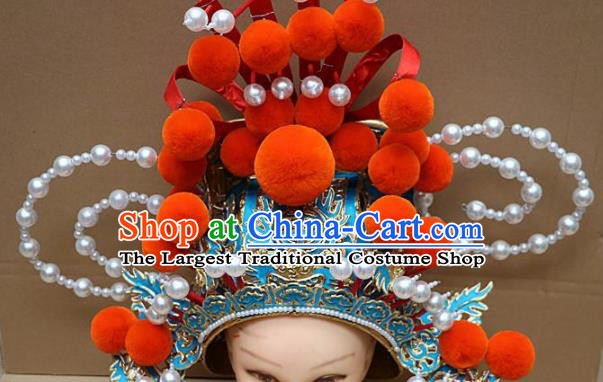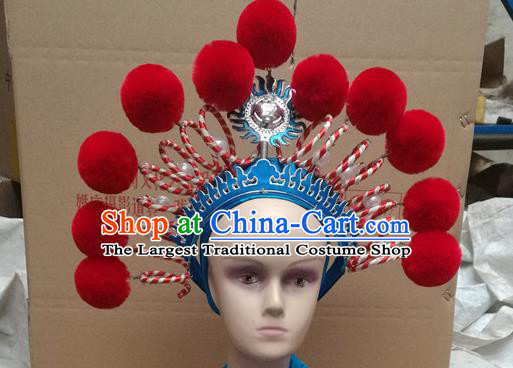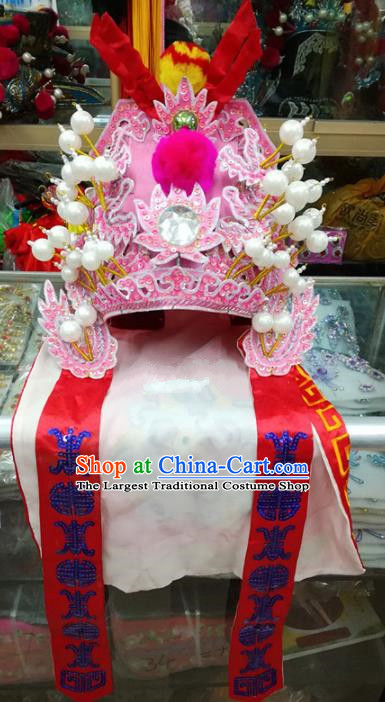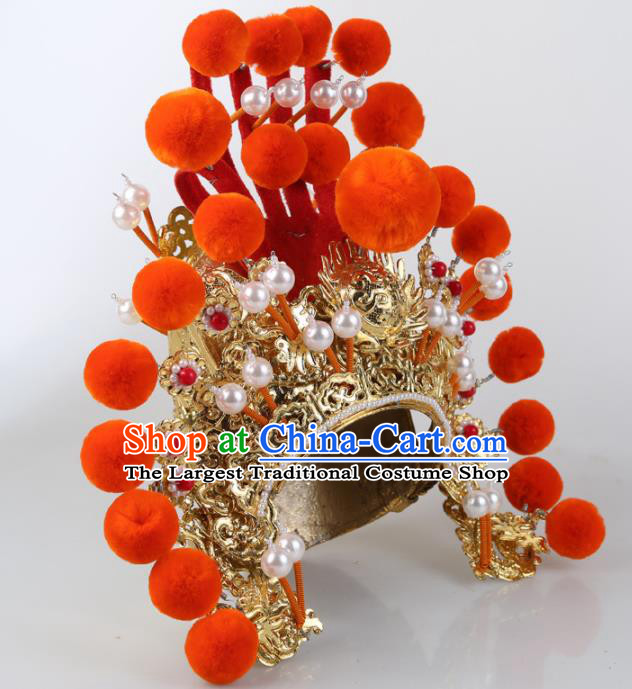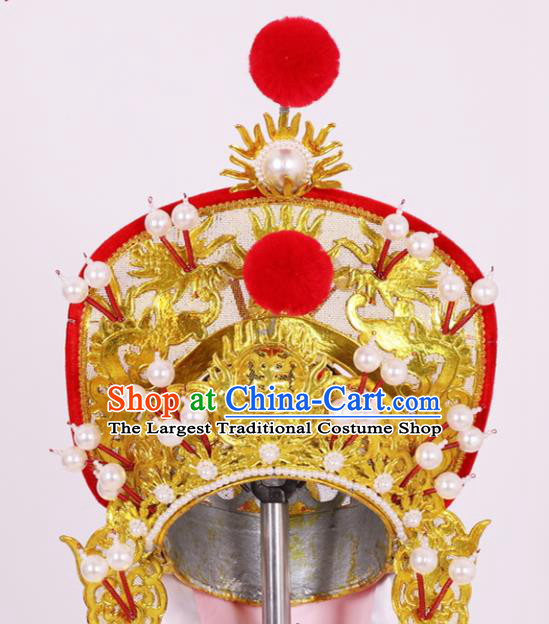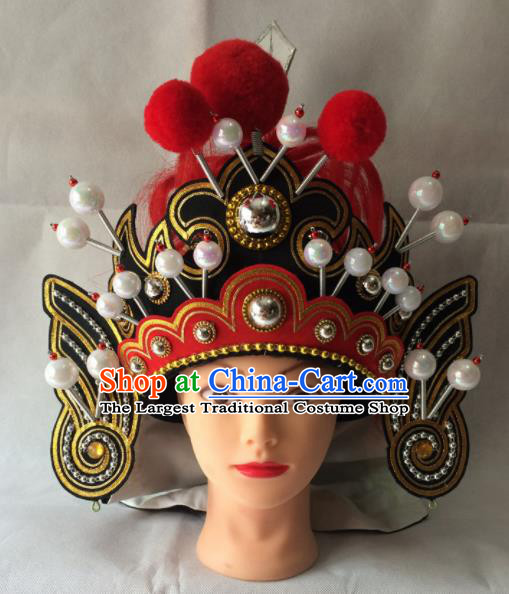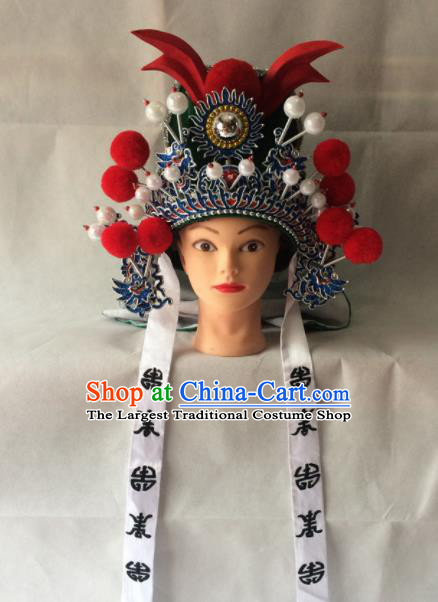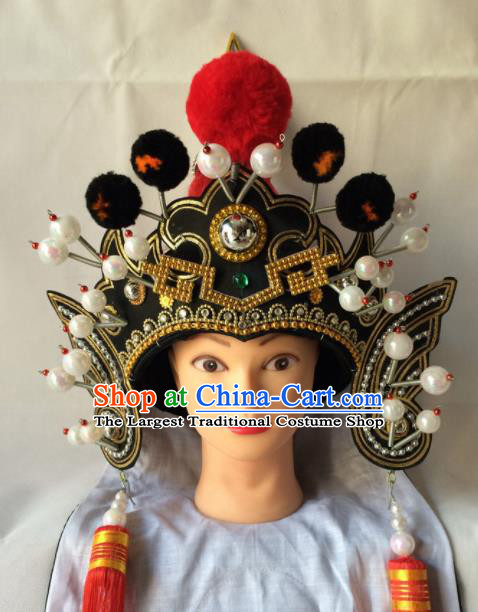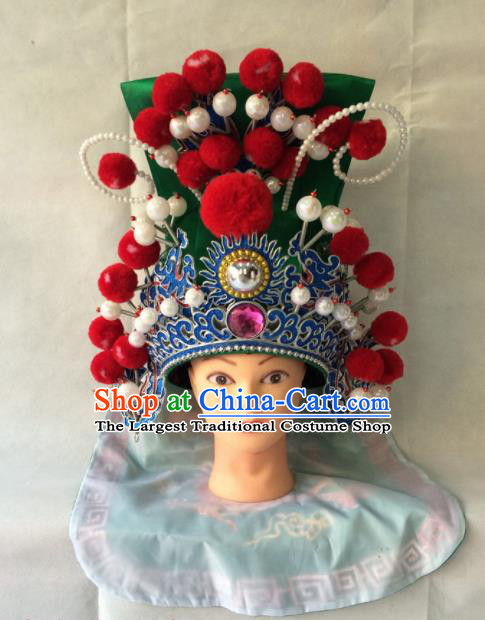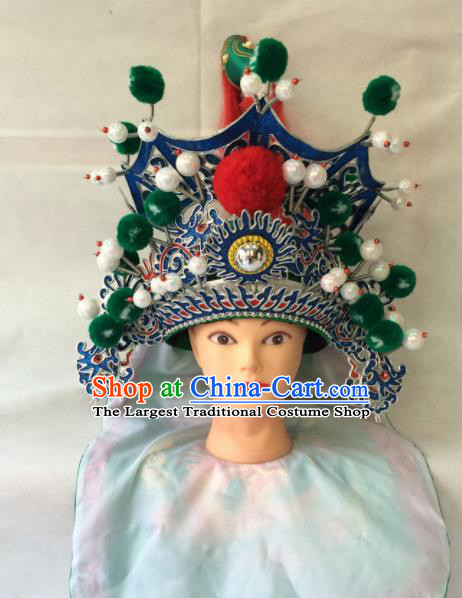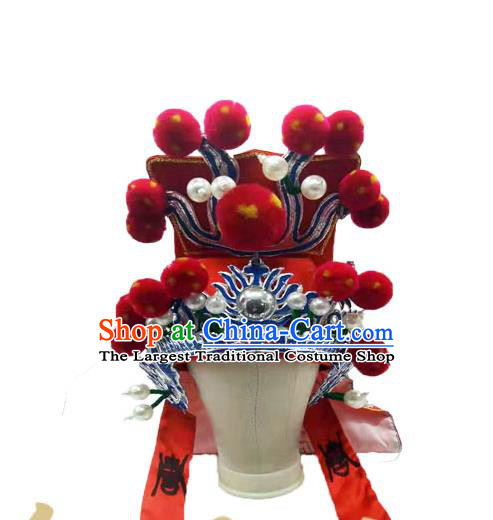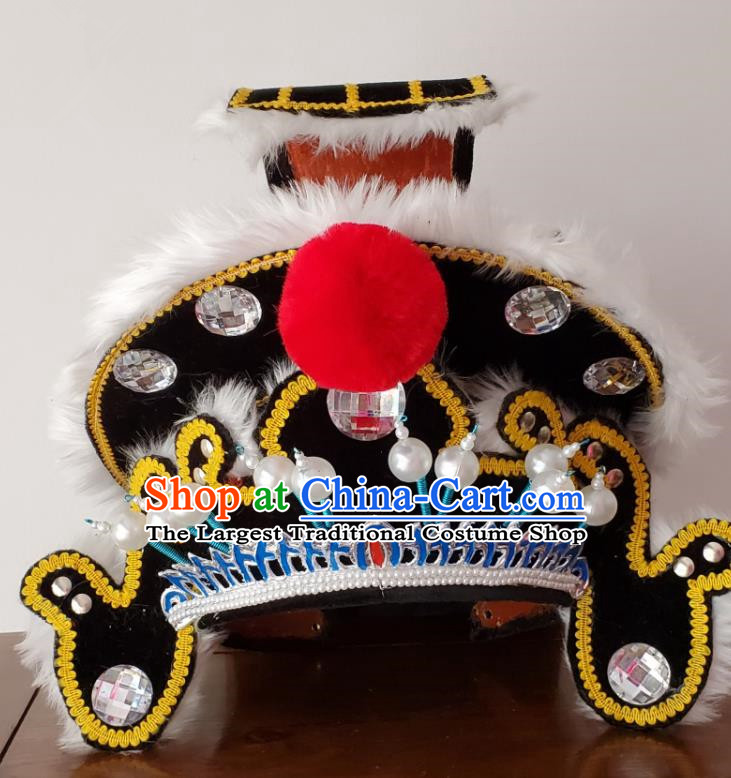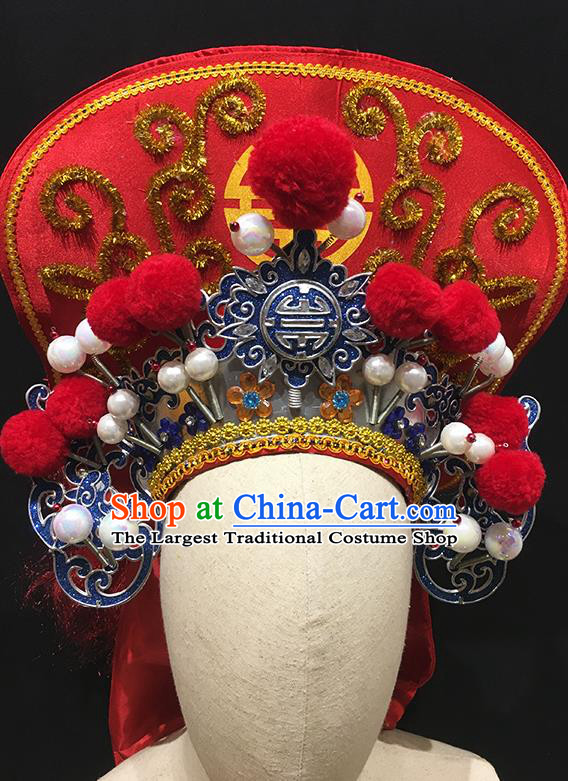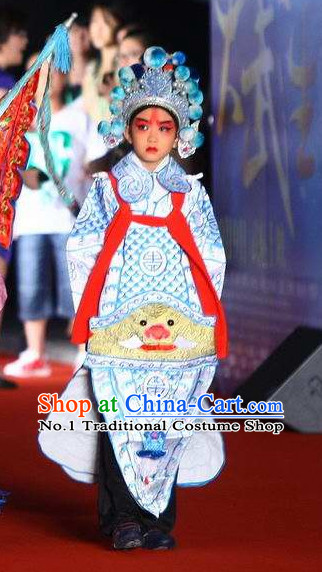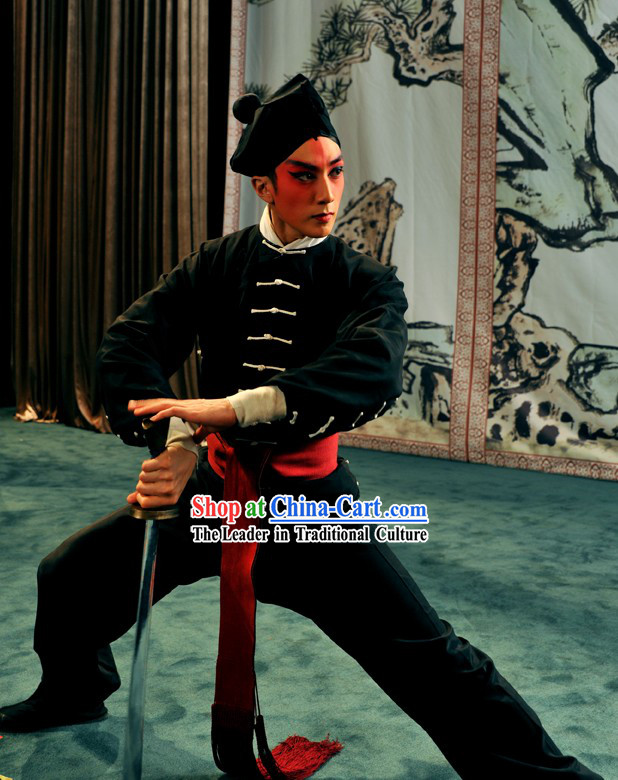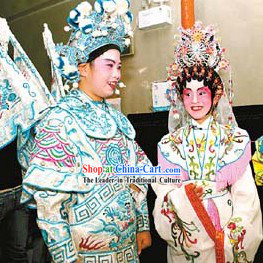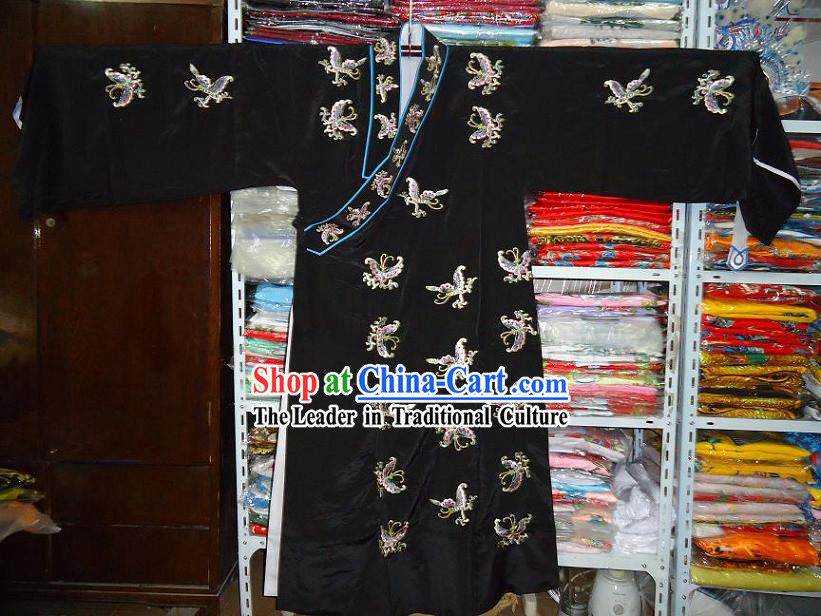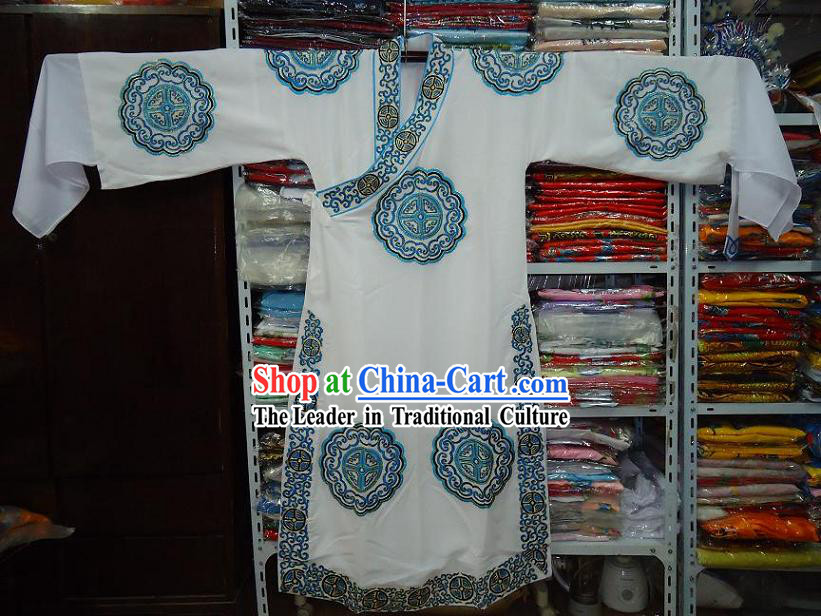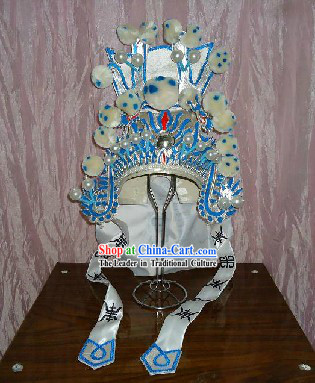
Click Related Pictures for More Audios:
Traditional Chinese opera, also known as Beijing Opera, is a form of art with rich historical and cultural significance.
It originated in the late Qing Dynasty and has since evolved into an integral part of Chinese performing arts.
The costumes worn by the actors, particularly the headwear known as "Wusheng Hat," are not only visually stunning but also carry deep symbolism and meaning.
The Wusheng Hat is a distinctive headpiece worn by male actors in Beijing Opera.
It is typically made of silk and adorned with intricate embroidery and designs that reflect the character's profession and storyline.
These designs often feature auspicious symbols such as dragons, phoenixes, and lions, as well as qualities like loyalty, bravery, and wisdom.
The Wusheng Hat serves not only as a visual representation of the character's status and personality but also as a key element in the audience's appreciation of the performance.
Despite the decline in popularity of traditional Chinese opera in modern times, the Wusheng Hat remains an important cultural artifact that continues to be passed down through generations.
Many artists and collectors have taken an interest in this ancient headwear, studying, restoring, and displaying it to promote greater understanding and appreciation of this unique art form.
Innovative individuals have even begun experimenting with incorporating the Wusheng Hat into other artistic mediums such as fashion design and film production, breathing new life into this traditional art form.
In conclusion, the traditional Chinese opera Wusheng Hat is a valuable cultural treasure that carries significant historical and cultural significance.
It represents not only a gem of ancient Chinese culture but also embodies people's yearning for a better life.
As time goes on, the Wusheng Hat will continue to hold a special place in people's hearts, becoming an essential component of China's traditional cultural heritage.
